It is as well that Lotus was not founded a year or so earlier. For had we come to write about its 70th birthday in the early part of 2017, we may not have found too much to celebrate. A glorious past, yes, but a stuttering present and highly uncertain future.
But now – under new ownership and management, and with Phil Popham, who was instrumental in turning Jaguar Land Rover into such a success story in the early part of this decade, in a key role – it is fair to say its future has rarely, if ever, looked brighter. How bright? You need only look at what new proprietor Geely has done with another of its acquisitions, Volvo, to see the potential. During its tenure, Volvo has been catapulted from perennial also-ran status to being a truly aspirational brand with a world-class product line-up.
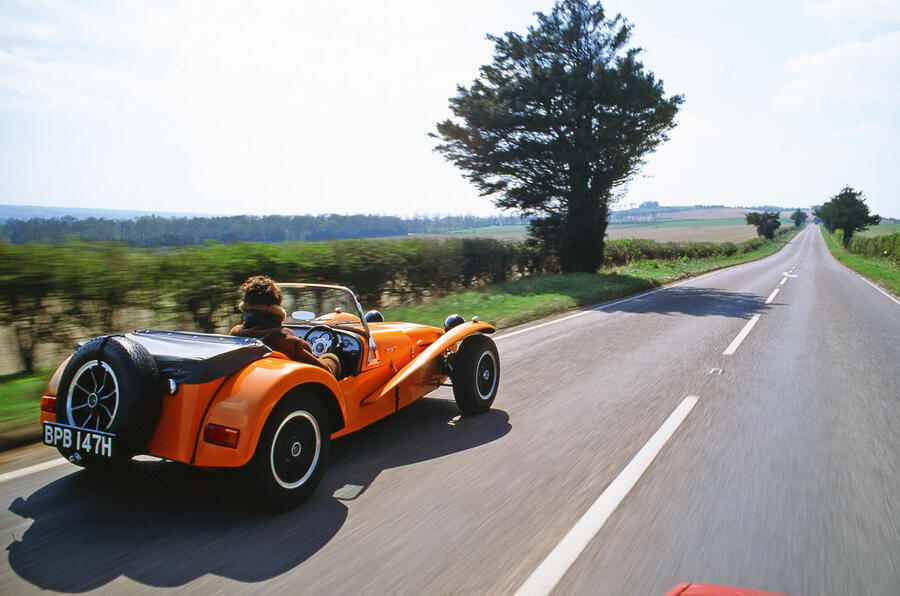
For now, though, let’s celebrate the greatest Lotuses (and a few of the not so great ones) and the greatest drives we have had in them. For when it comes to Lotus, the drive has always been the thing and, whatever happens to the marque in the future, that’s how it must remain.
Lotus greats
You can argue the toss over when Lotus actually came into being. The 1948 date refers to Colin Chapman’s first car, which was a modified Austin Seven. But Lotus Engineering itself didn’t appear until 1952, the same year in which the Lotus Mk VI became the first to be sold to the public.
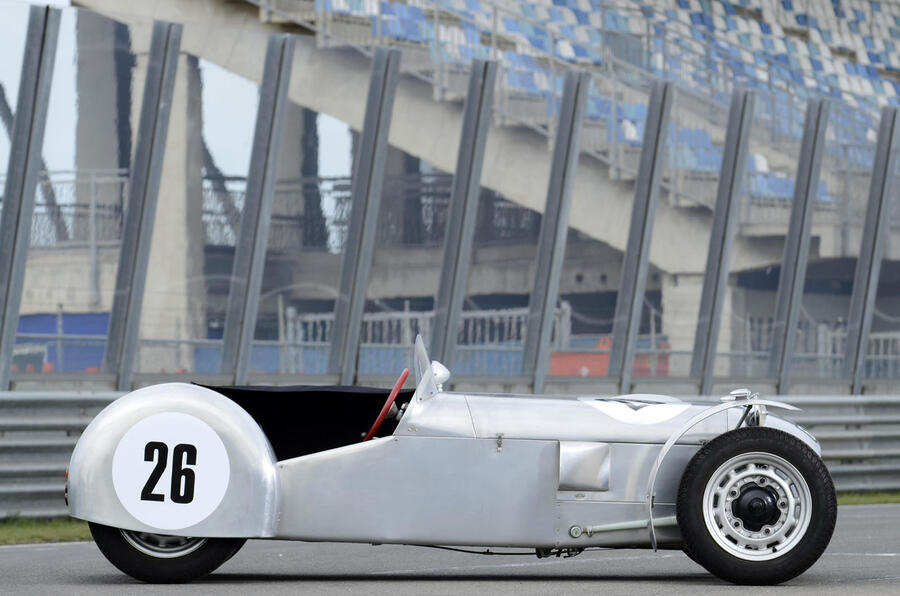


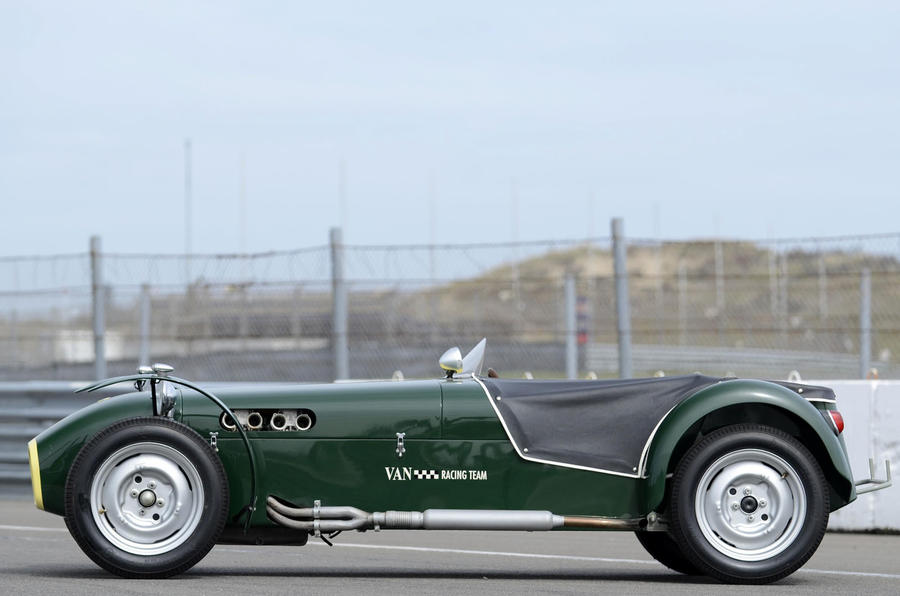






























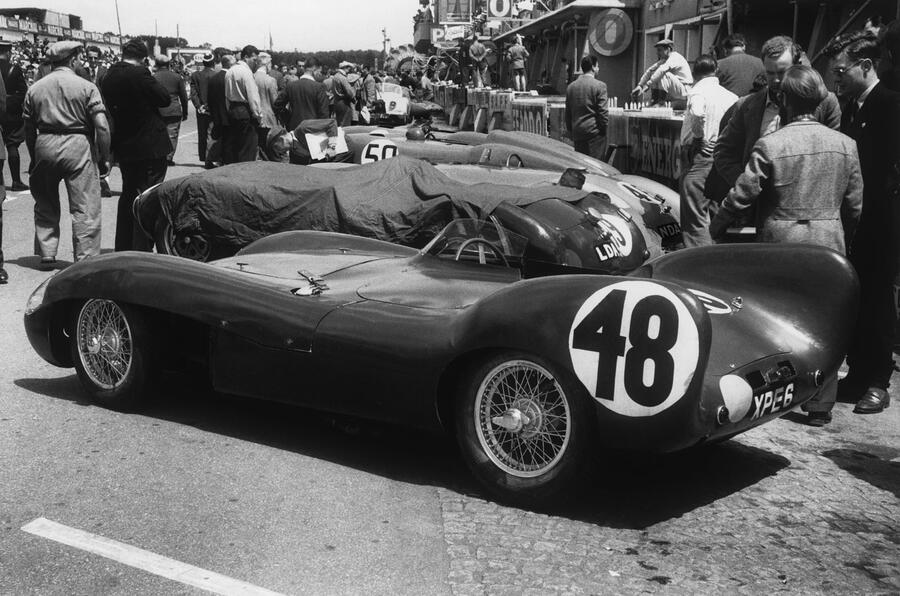


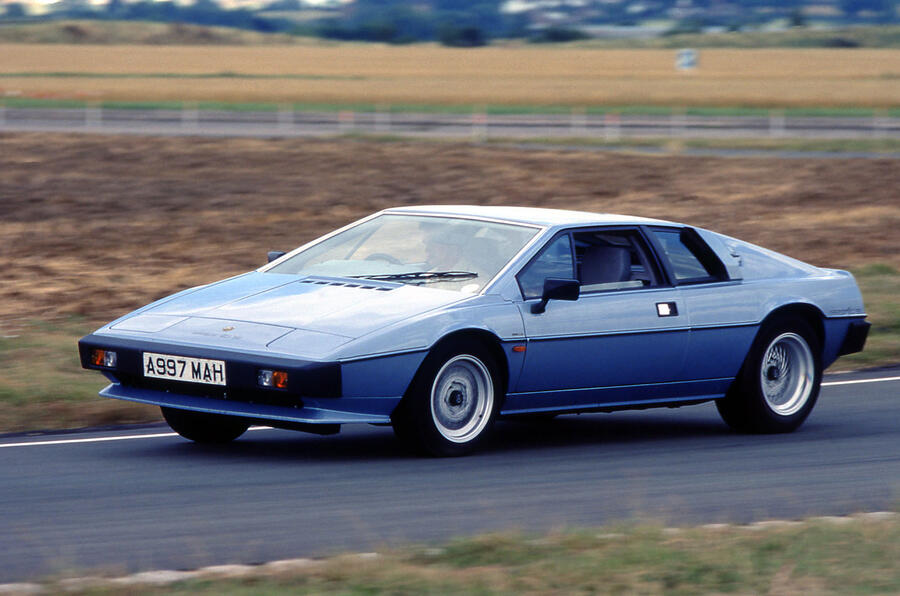
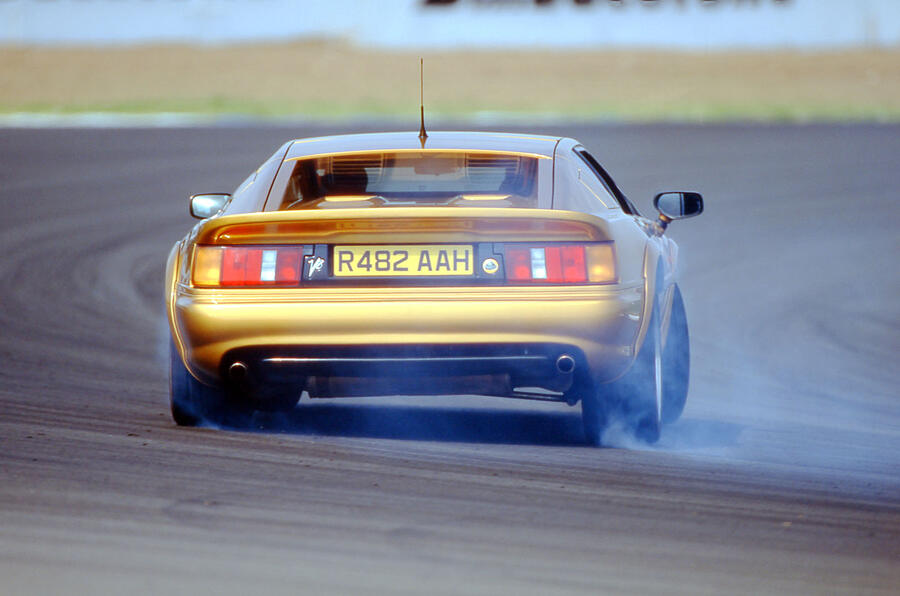

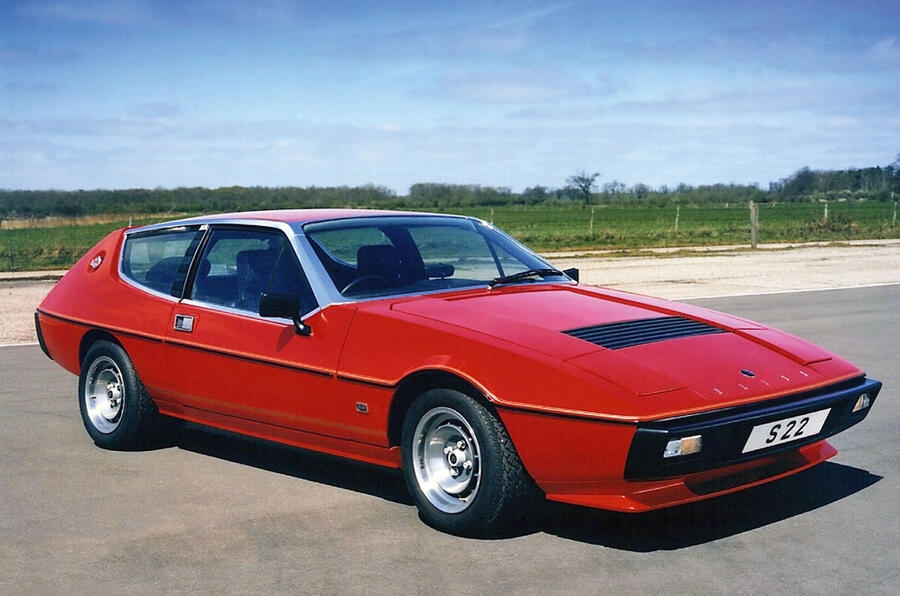




Join the debate
Add your comment
M100 broke new ground, it was no dud
The M100 Elan set new standards for what was possible with FWD at its launch and is still a blast to drive today - 30 years later! I still find myself having to recalibrate when jumping back into a modern car from the Elan because it is so capable and secure on public roads. Looks are of course subjective but the design to many eyes has aged very gracefully and cab forward designs for sports cars are just as fashionable today. If the M100 was unreliable, poorly engineered and didn't drive well then by all means call it a dud, but, I don't seem to remember the McLaren F1 ever being called a dud?? It was launched at a similar time and McLaren struggled to find owners for just 64 road cars ;) Autocar heaped praise on the new Elan when launched so it seems just a bit odd to be classifying it now as a dud, shame on you....
M100 is no Dud to drive
As a sales and profit making car the M100 was a DUD, its downfall was that it was over engineered over budget and cost too much of unit to build. As it stands to this day it's one of the most reliable cars lotus ever made. I am fortunate enough to have owned one for 4 years and enjoy the handling steering feel along with the supreme damping all lotus trade Mark's completely un flapable. I have no interest in tail out overseer and call me a bore but like to leave all the electronics on when driving my Jaguar xe at 9/10. Some of us petrol heads can enjoy/apreciate power feel and engineering when not going round a closed track flicking the back end out to show how wonderful we are at catching it.
very nice car
so nice this Lotus